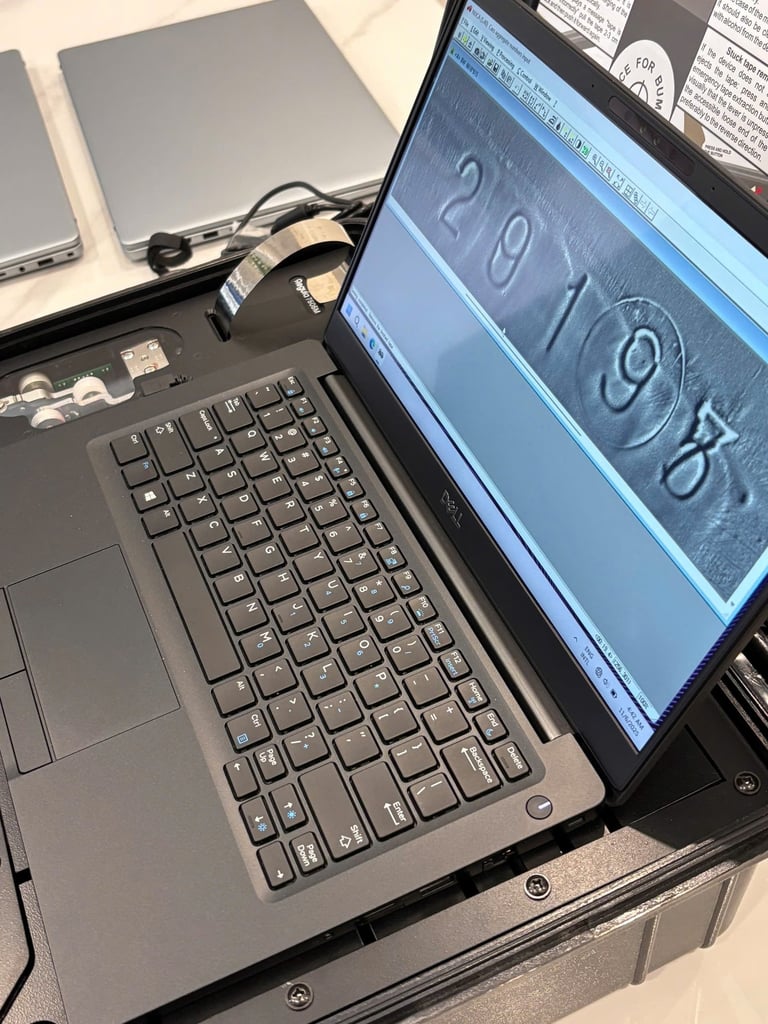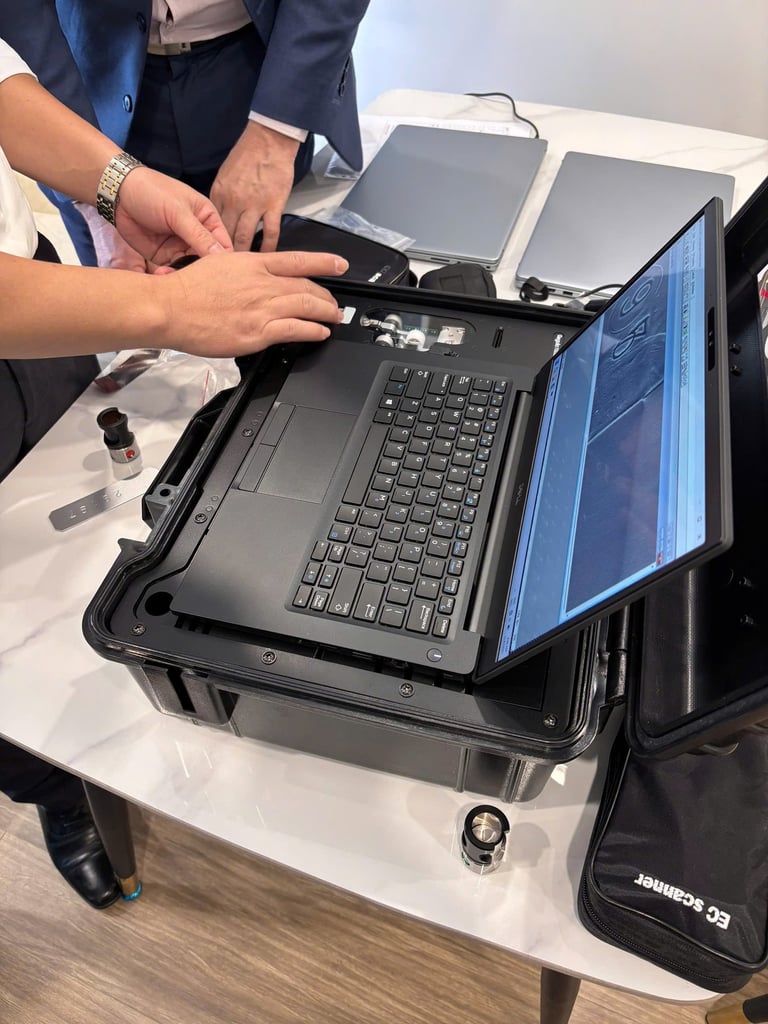Acceptance Testing and Training for Regula 7515 and Regula 7505 Devices


Introduction to Acceptance Testing
Acceptance testing is a critical phase in the lifecycle of any technological equipment, particularly for devices such as the Regula 7515 and Regula 7505. This process ensures that the devices function harmoniously with the existing systems following their installation and implementation. Moreover, it verifies that end-users are well trained to operate these devices effectively and safely.
The Process of Acceptance Testing for Regula Devices
The acceptance testing procedure for the Regula 7515 and Regula 7505 involves evaluating various elements that contribute to their overall functionality and performance. First and foremost, thorough testing should be conducted to confirm adherence to specified operational standards. This includes checking device accuracy, speed, reliability, and the quality of output. Each of these factors plays a decisive role in determining whether the devices meet the criteria outlined during the planning and installation stages.
In addition to technical checks, evaluating user interaction is of paramount importance during this phase. Operational training sessions should provide users with knowledge and skills necessary for effective device operation. Peer feedback sessions can also serve to highlight any areas of the device operation that may require further clarification or improvement.
Post-Implementation Review and User Feedback
Upon completing the acceptance testing of the Regula 7515 and Regula 7505 devices, it is crucial to establish a post-implementation review system. This review will encapsulate all aspects of the testing results, operational use, and user experiences gathered during training. Engaging with users for feedback provides valuable insights into the devices' functionality in a real-world setting, ensuring that potential issues are addressed promptly.
This closed-loop feedback system is not only beneficial for users but also helps in fine-tuning the devices for enhanced performance. Continuous improvements and updates based on user satisfaction are crucial for maintaining the relevance and reliability of the Regula devices in the field.
In conclusion, the acceptance testing of the Regula 7515 and Regula 7505 devices is a multi-faceted process that encompasses technical evaluations, user training, and feedback collection. When executed thoroughly, acceptance testing fosters confidence in device performance and ensures users are well-prepared to utilize the equipment effectively in their operations.






